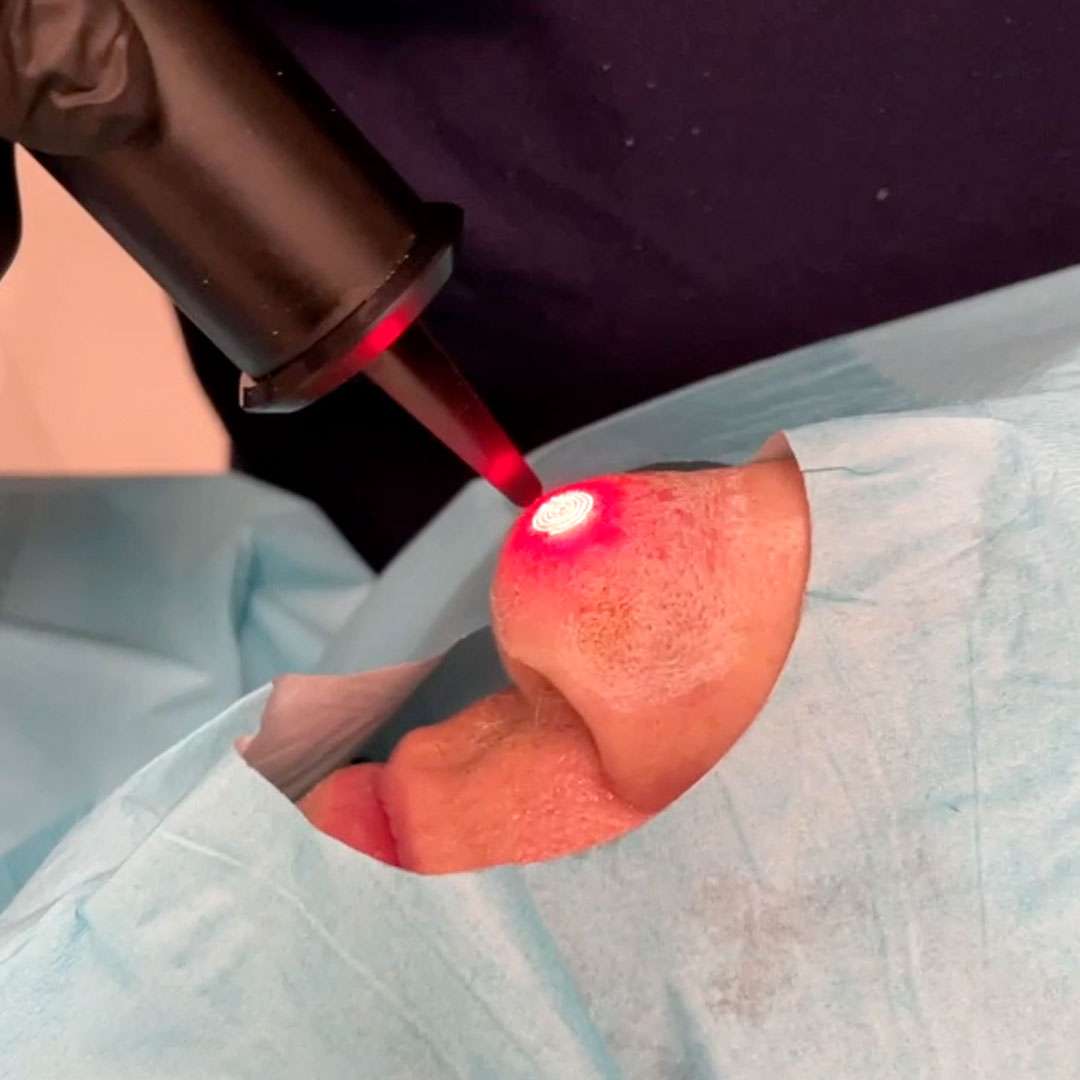Cancer and tumor surgeries are surgical procedures performed to remove cancerous or non-cancerous tumors from the body. The goal of these surgeries is to eliminate the tumor and, if possible, prevent the spread of cancer to other parts of the body. Here are some key points about cancer and tumor surgeries:
-
Diagnosis and Planning: Before surgery, a comprehensive evaluation is conducted, including diagnostic tests such as biopsies, imaging scans, and staging procedures. This helps determine the type, size, location, and stage of the tumor, as well as the overall health of the patient. A multidisciplinary team of healthcare professionals, including surgeons, oncologists, and radiologists, collaborate to develop a personalized treatment plan.
-
Surgical Approaches: The specific surgical technique used depends on factors such as the tumor’s characteristics, location, and stage, as well as the patient’s overall health. Common surgical approaches include:
- Excisional Biopsy: Removal of the entire tumor for both diagnosis and treatment purposes.
- Local Excision: Removal of the tumor and a small margin of surrounding healthy tissue.
- Wide Excision: Removal of the tumor and a larger margin of surrounding healthy tissue.
- Radical Excision: Removal of the tumor, adjacent tissues, and sometimes nearby lymph nodes.
- Reconstructive Surgery: Following tumor removal, reconstructive procedures may be performed to restore functionality and appearance, especially in cases where larger tissue areas are affected.
-
Lymph Node Dissection: In some cases, cancer may spread to nearby lymph nodes. In such situations, lymph node dissection or sentinel lymph node biopsy may be performed to remove and examine the lymph nodes to determine if cancer has spread beyond the original tumor site.
-
Minimally Invasive Techniques: Depending on the tumor’s characteristics and location, minimally invasive surgical techniques may be utilized, such as laparoscopy or robot-assisted surgery. These techniques involve smaller incisions, reduced trauma to surrounding tissues, and faster recovery times.
-
Adjuvant Therapies: Cancer and tumor surgeries are often combined with other treatment modalities, such as radiation therapy, chemotherapy, immunotherapy, or targeted therapy. These additional treatments aim to destroy any remaining cancer cells, prevent recurrence, or treat cancer that has spread to other areas of the body.
-
Follow-up Care: After surgery, regular follow-up appointments are essential to monitor the patient’s recovery, assess treatment efficacy, and detect any signs of recurrence or complications. Additional treatments, such as chemotherapy or radiation therapy, may be recommended as part of the ongoing cancer management plan.
It’s important to note that not all tumors can be treated with surgery, and the appropriate treatment approach varies depending on the type and stage of cancer. The decision regarding the most suitable treatment plan is made in consultation with a healthcare team, considering various factors specific to the patient’s condition.

